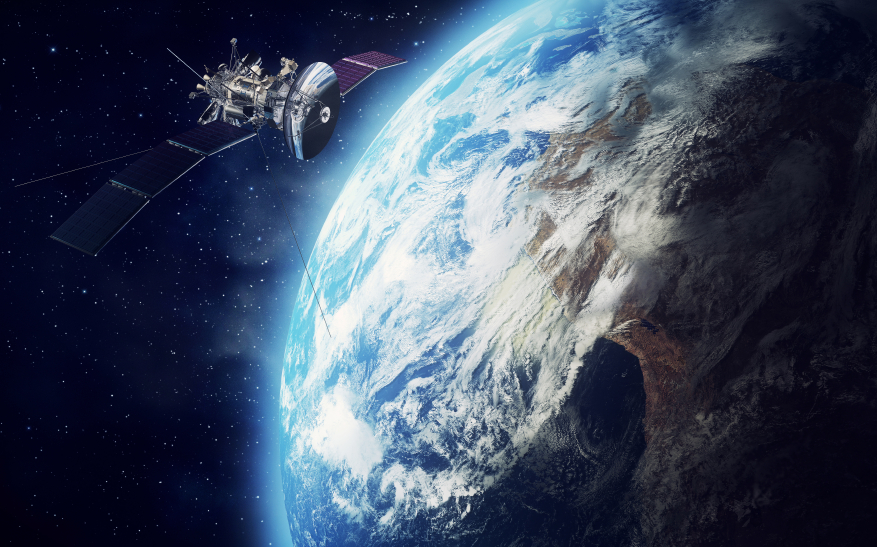Research information for academic staff
Visit the staff site for information about managing your research practice: managing the ethical, logistical, financial and legal aspects of your research.
Information for research candidates
Visit the students site to find out how to manage your candidature from getting started to completion and to make the most of your research training experience.
